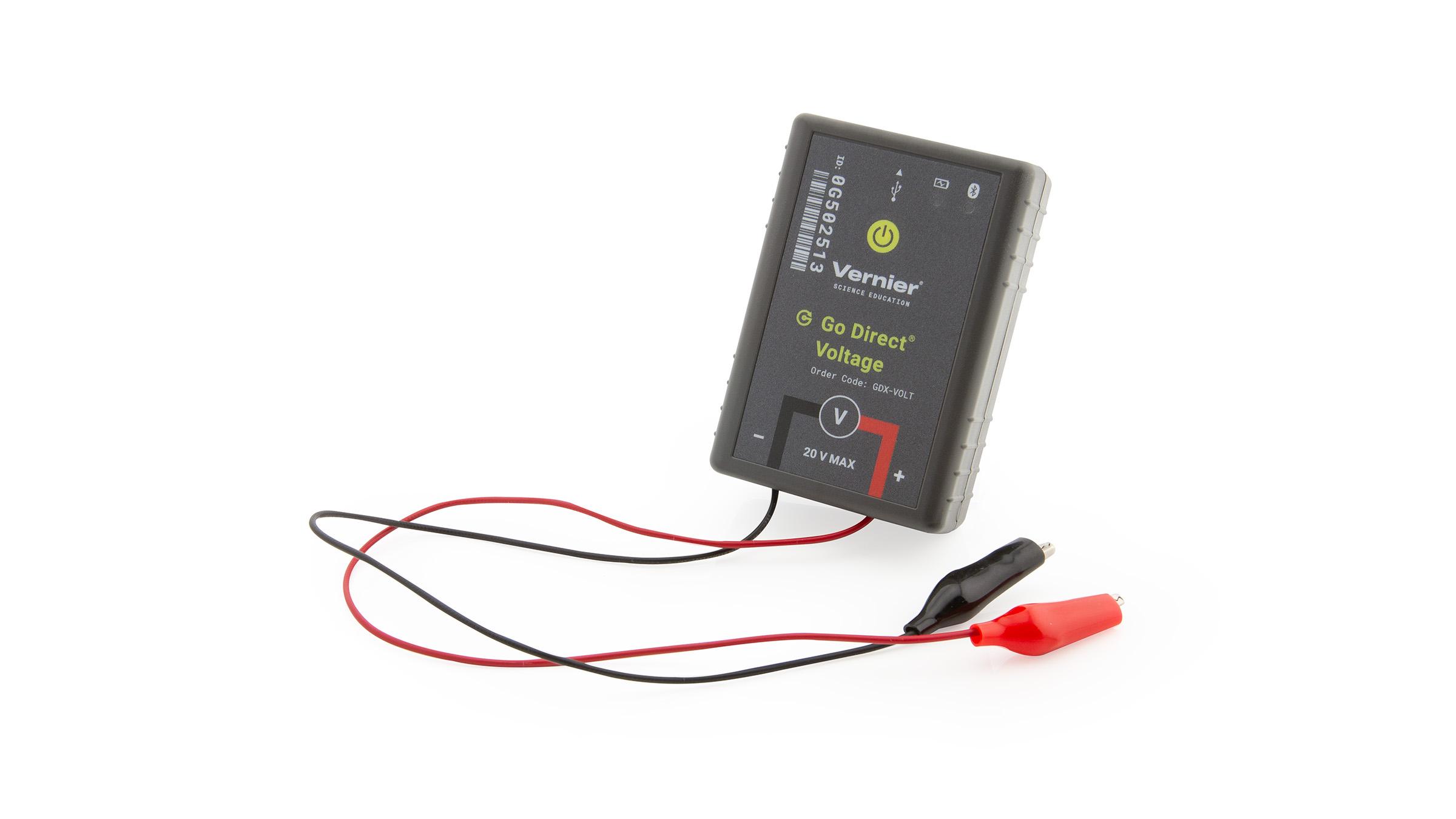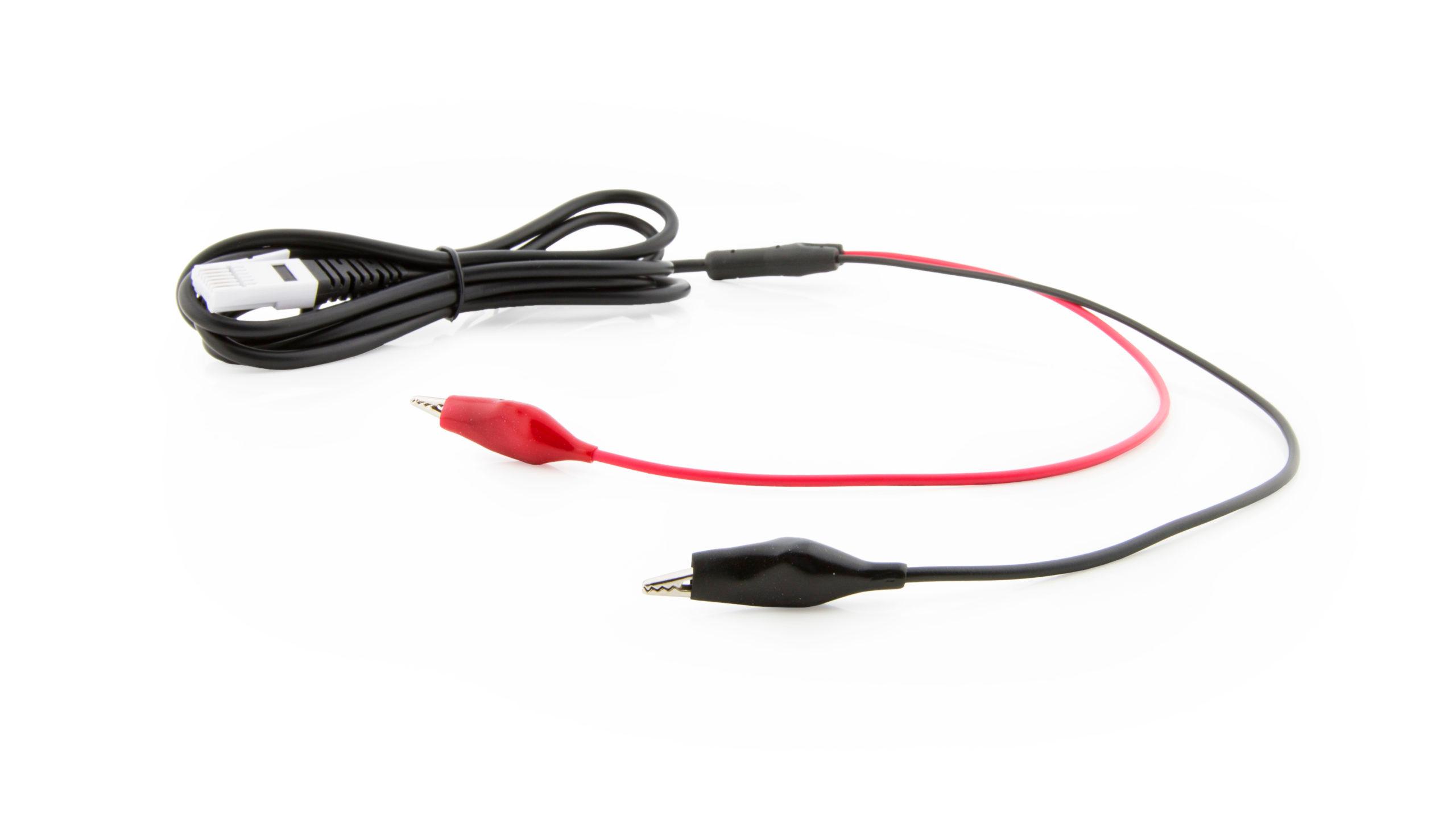Establishing a Table of Reduction Potentials: Micro-Voltaic Cells
Experiment #28 from Chemistry with Vernier
- Education Level
- High School
- Subject
- Chemistry

Introduction
The main objective of this experiment is to establish the reduction potentials of five unknown metals relative to an arbitrarily chosen metal. This will be done by measuring the voltage, or potential difference, between various pairs of half-cells.
A voltaic cell utilizes a spontaneous oxidation-reduction reaction to produce electrical energy. Half-cells are normally produced by placing a piece of metal into a solution containing a cation of the metal (e.g., Cu metal in a solution of CuSO4 or Cu2+). In this micro-version of a voltaic cell, the half cell will be a small piece of metal placed into 3 drops of solution on a piece of filter paper. The solution contains the cation of the solid metal. The half-cells will be arranged on a piece of filter paper. The two half-reactions are normally separated by a porous barrier or a salt bridge. Here, the salt bridge will be several drops of aqueous NaNO3 placed on the filter paper between the two half cells. Using the computer as a voltmeter, the (+) lead makes contact with one metal and the (–) lead with another. If a positive voltage is recorded on the screen, you have connected the cell correctly. The metal attached to the (+) lead is the cathode (reduction) and thus has a higher, more positive, reduction potential. The metal attached to the (–) lead is the anode (oxidation) and has the lower, more negative, reduction potential. If you get a negative voltage reading, then you must reverse the leads.
By comparing the voltage values obtained for several pairs of half-cells, and by recording which metal made contact with the (+) and (–) leads, you can establish the reduction potential sequence for the five metals in this lab.
Objectives
In this experiment, you will establish the reduction potentials of five unknown metals relative to arbitrarily chosen metal.
Sensors and Equipment
This experiment features the following sensors and equipment. Additional equipment may be required.
Option 1

Option 2

Ready to Experiment?
Ask an Expert
Get answers to your questions about how to teach this experiment with our support team.
- Call toll-free: 888-837-6437
- Chat with Us
- Email support@vernier.com
Purchase the Lab Book
This experiment is #28 of Chemistry with Vernier. The experiment in the book includes student instructions as well as instructor information for set up, helpful hints, and sample graphs and data.

